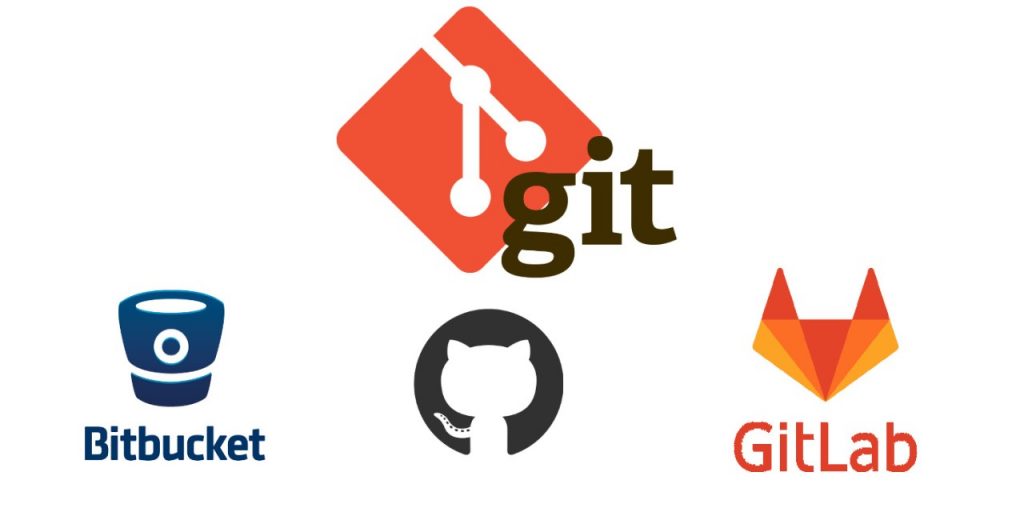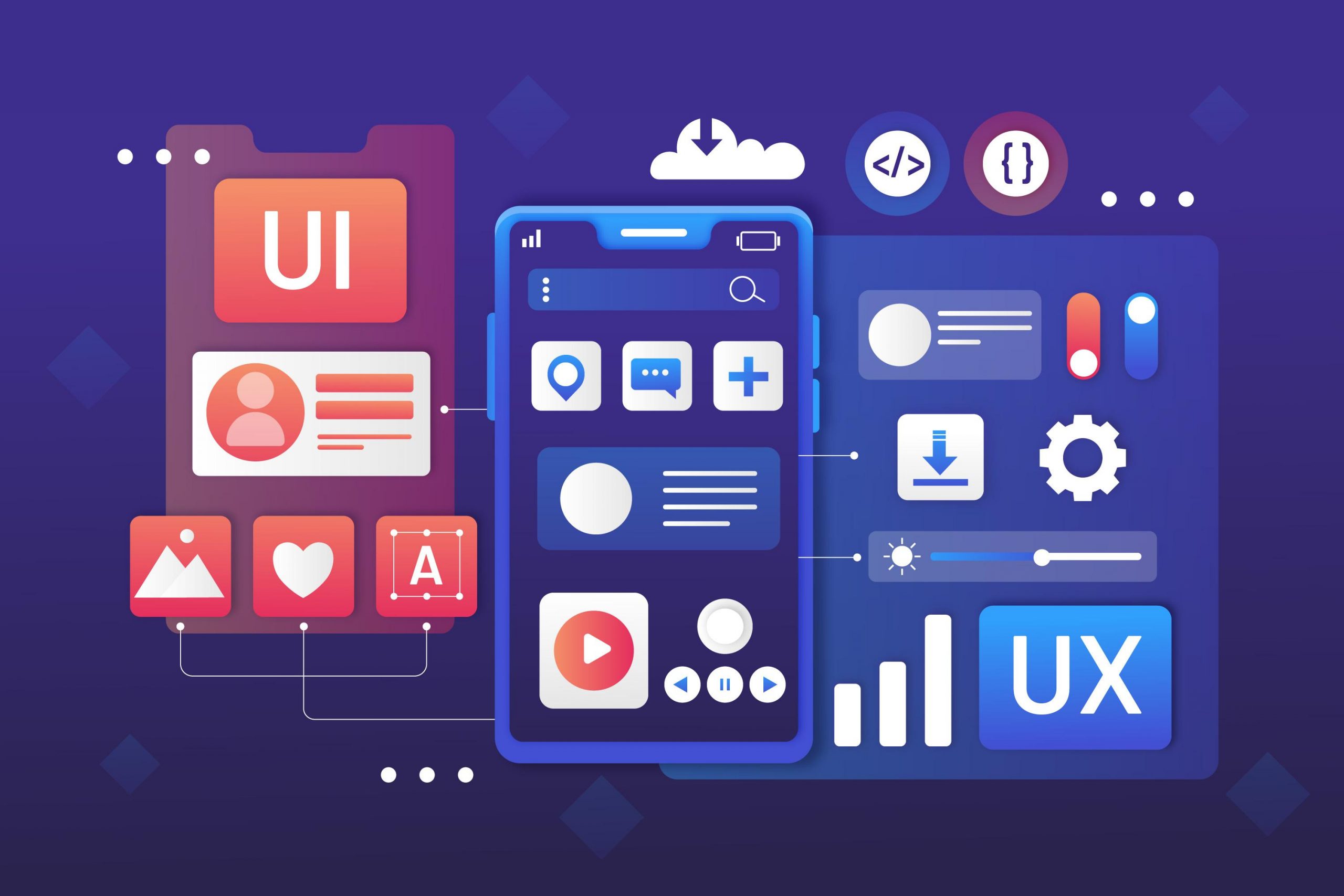Now Reading: The Role of Testing in Development: Automation vs. Manual Quality Control
-
01
The Role of Testing in Development: Automation vs. Manual Quality Control
The Role of Testing in Development: Automation vs. Manual Quality Control

When you’re in the trenches of software development, one thing becomes crystal clear: quality matters. But ensuring that your app, website, or digital product performs flawlessly—without driving everyone crazy or blowing through your deadlines—is a real challenge. That’s where testing comes into play; it’s like the safety net that catches bugs before your users do. Now, not all tests are created equal. There are two main approaches—automated testing and manual testing—that each bring their own strengths and quirks to the table. Understanding how they differ and when to use each can make all the difference in your project’s success.
Automation and Manual Testing in Development: How Each Approach Shapes Quality and Efficiency
Let’s break down what each method entails:
Automated Testing: This involves writing scripts or using testing tools to execute tests automatically. Once set up, an automated test can run hundreds or thousands of checks in a fraction of the time it would take a human, ensuring consistency and repeatability. Automation is fantastic for repetitive tasks—think regression tests that need to run every time new code is integrated, performance benchmarks, and load testing where simulating multiple users simultaneously can be a drag for manual testers.
Manual Testing: This is the good old human touch. Testers interact directly with the application, navigating through features, trying out different scenarios, and exploring areas that automated scripts might not handle well. Manual testing shines in uncovering subtle UI issues, assessing user experience, and jumping into unexpected behaviors or edge cases that are tricky to anticipate in scripts.
How They Complement Each Other
Choosing between automation and manual testing isn’t a question of which is better, but rather which fits the task at hand. Automation excels at speed and consistency, helping catch bugs early and freeing up QA teams from repetitive chores. On the flip side, manual testing offers flexibility, intuition, and nuanced insights—things that are hard for scripts to replicate.
When to Use Automation
If your project demands frequent, repeatable tests—like regression testing after each new feature—automation is your friend. It can be integrated into CI/CD pipelines to provide instant feedback on new code changes. Automation is also great for performance checks, stress testing, and scenarios where consistency over long periods is critical. Plus, once set up, automated tests run around the clock, giving you peace of mind that your app remains stable as new features are rolled out rapidly.
When Manual Testing Is Indispensable
Manual testing is essential during exploratory testing—where testers actively look for issues that forensics scripts might overlook. It’s also the best way to evaluate UI/UX, accessibility, and overall user journey. Human testers can assess visual aesthetics, usability, and the feel of a product, providing valuable user perspective. When introducing new or complex features, manual testing helps catch issues that automated tests may miss because it involves creative, intuitive interaction.
The Pros and Cons: Strengths and Limitations of Each Approach
Automation: Advantages and Challenges
- Advantages: Fast, reliable, repeatable, scalable, and cost-effective over time. Automated tests can be run multiple times without fatigue or inconsistency. They are perfect for catching regressions quickly and can be integrated seamlessly into development pipelines.
- Challenges: Setting up automation requires time and expertise. Not all tests are automatable—visual nuances, usability, and complex user interactions can be tricky. Automated scripts may also produce false positives or miss issues that require human judgment.
Manual Testing: Advantages and Challenges
- Advantages: Highly flexible, capable of catching visual and usability issues, and valuable during early development stages or when exploring new features. Human intuition can identify problems automated tests might never find.
- Challenges: Time-consuming, less consistent, and less scalable. Manual testing can become a bottleneck, especially when large datasets or extensive regression tests are involved. Human testers might also introduce subjective bias or overlook issues.
How They Work Together: Building a Balanced Testing Strategy
The sweet spot in quality assurance involves a strategic combo of both approaches. Think of automation as your fast, reliable workhorse that keeps the backend solid, while manual testing is your creative inspector that brings a human perspective.
Practical Tips to Integrate Automation & Manual Testing:
- Start with manual testing for new features or complex interactions to understand the behavior thoroughly.
- Automate regression tests and repetitive workflows early on to keep the build stable as development progresses.
- Use automated tests to check core functionalities continuously during development, freeing up QA teams for exploratory or usability testing.
- Regularly review and update automated test suites to keep pace with evolving features.
- Incorporate manual exploratory testing especially before major releases or when UI/UX plays a critical role.
Final Thoughts
No single approach can handle all your testing needs, and trying to rely solely on automation or manual testing can leave gaps. The real secret lies in understanding your project’s unique demands, the stage of development, and the type of quality assurance required. Automate where it makes sense—speed, accuracy, and scalability—and employ manual testing for the nuance, flexibility, and experience only humans can provide.
By blending both methods thoughtfully, you can deliver high-quality products faster, with fewer headaches, and better user experiences. Testing isn’t just a chore; it’s a vital part of crafting reliable, user-friendly digital solutions. Embrace the duo, and you’ll be well on your way to software that performs brilliantly and delights your users every time.

























